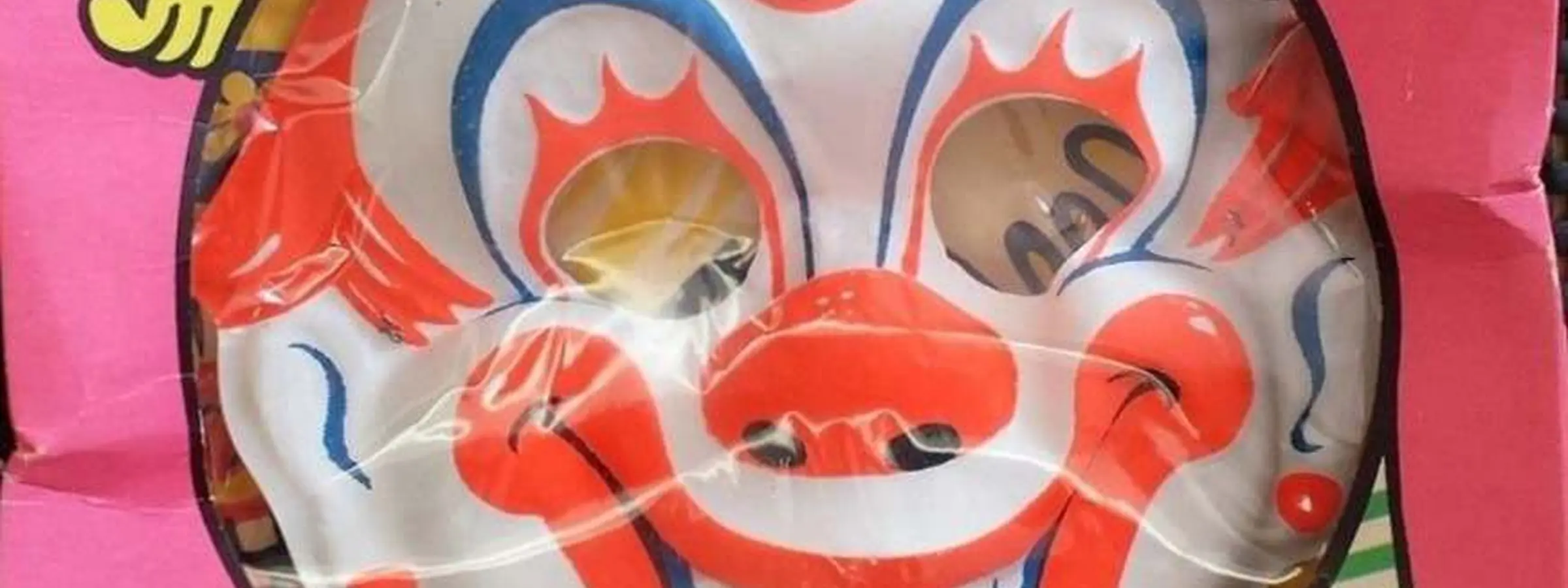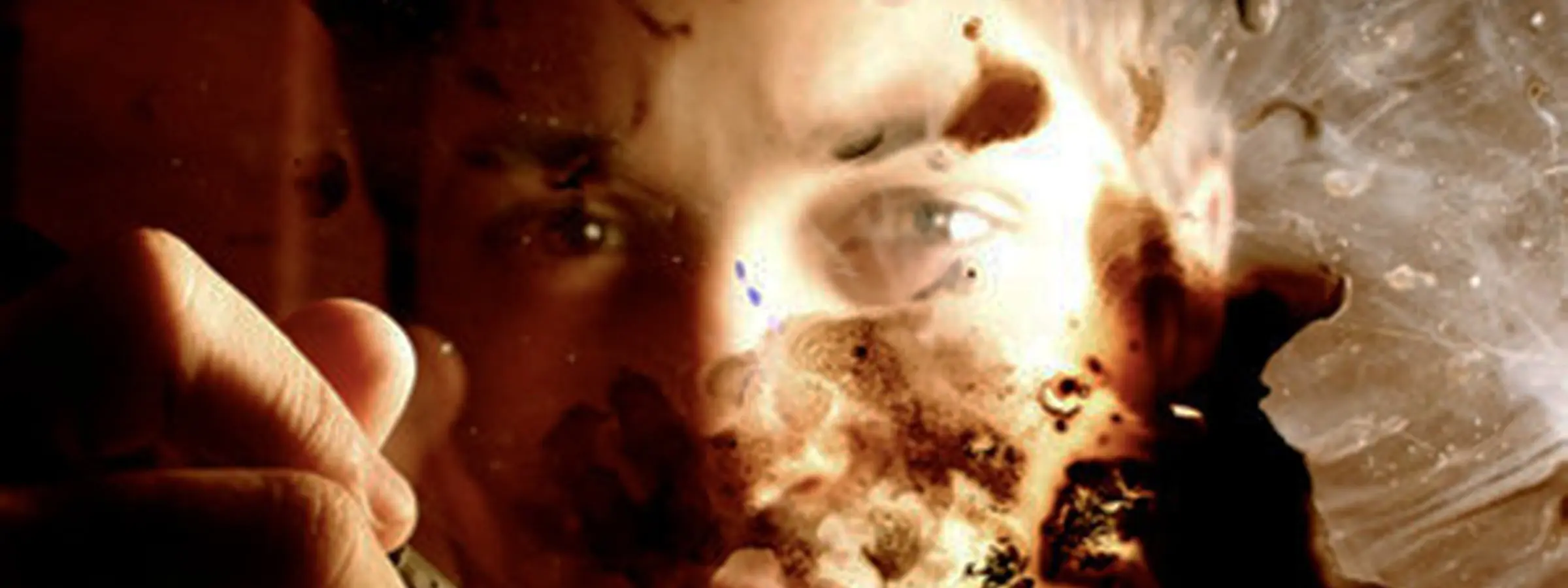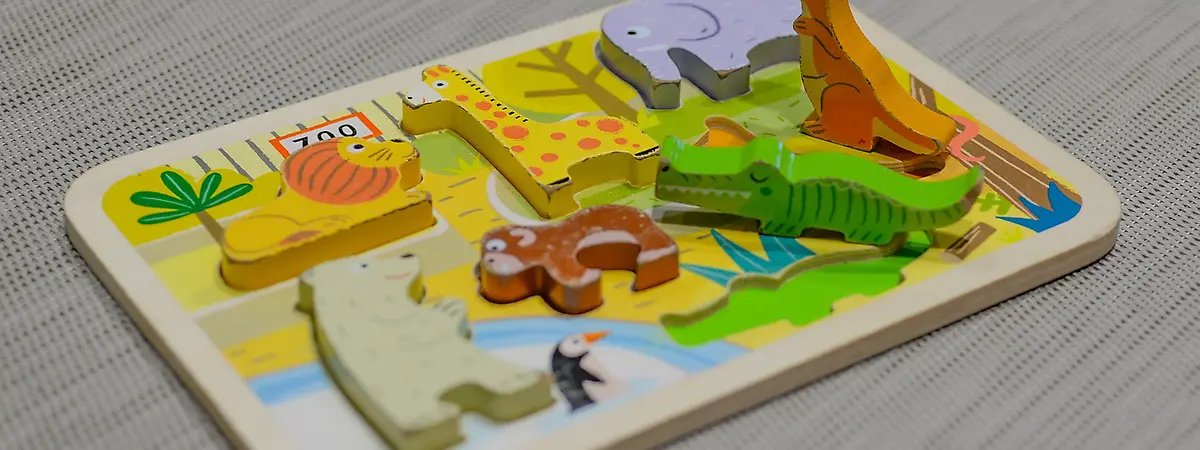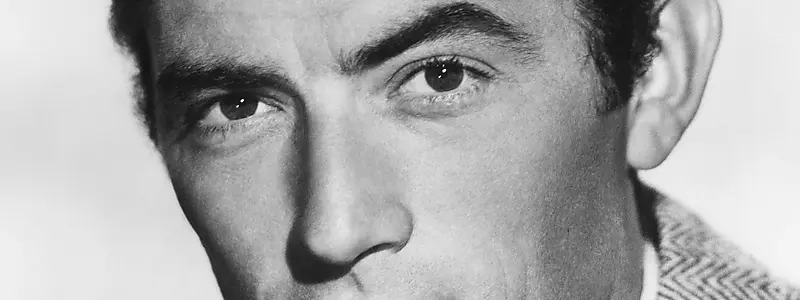I noticed that a kid was doing some working out a puzzle, but he had lost some of the pieces, and he was replacing them with pieces she was cutting out of some cardboard. Writing a novel is the same as putting together a puzzle, only the author must first manufacture every piece of the puzzle before starting to put the puzzle together. This metaphor aptly describes at once the complexity, creativity inherent in writing a novel. You can’t simply walk into a nearby drug store and pick up your own completed manuscript from the shelf. If it was that simple, people would just be doing that! But let’s go into how these two processes are alike and different.
There are layers to creating a novel—much like there are layers to the pieces of a puzzle you assemble. The writer imagines the story’s big narrative arc, the emotional ambience and the message they intend to deliver. Step 4 - Understanding What the Finished Puzzle Looks Like When an author revels in crafting characters and an exhilarating climax at the close, the puzzle starts maybe with a few pieces but you already know where they go. In puzzle-making, the pieces are cut in advance to a defined shape. However, writing novels is about generating those pieces from the ground-up. In a novel, every chapter, scene, or character is a piece in a puzzle. The writer assembles these components, making sure they are compelling enough and contextually intertwined.
Putting the pieces into place is trial and error, like writing a novel. Writers frequently shuffle around scenes, adjust characters or tussle with plot points so all the pieces make sense together. This can be particularly tough, as it involves close-in focus on detail and narrative coherence. There is one right answer to every puzzle, but there are as many ways to revise a novel as there are novelists. Every writer has their different perspectives and imaginations, providing them creative liberty and a unique voyage. The only outcome is a wonderfully original display of who they are.
Solving a puzzle as well as diving into a novel requires patience. A puzzle-tinkerer might spend hours carefully fitting pieces together, the novelist spends a long time putting together a novel. It takes a lot of grit and commitment to go through this step-by-step process until completion. In both exercises, the final stage is a feeling of accomplishment. For the puzzle piece putter-togethererer, it’s in seeing the full picture. For the writer, it’s the pleasure of making a story real. Both lead to pleasurable sensations of creating and completing.”
Also, novels — unlike puzzles — are revised (and revised) many times. This process is reminiscent of completing a puzzle; some pieces are out of place, but you need to put them back together to form a sharper image. In both puzzles and novels, missing pieces can be a serious obstacle. For a novelist, a “missing piece” may be a plot inconsistency or an underdeveloped character that needs to be addressed. Both extremes of activity are not only useful for output but also for the adventure of the process itself. The activity of putting the puzzle together, or writing the novel, can be every bit as rewarding as taking in the finished product.
Using the analogy of writing a novel being the same as putting together a puzzle emphasizes the detailed, artistic, and sometimes difficult work of creating a cohesive and engaging story. Each one of the stages, from the germ of the idea to the execution, is necessary to glue together the flickering parts of a story into a meaningful experience.
Oh, and the cardboard didn’t work, so she just filled the holes with Play-Doh. I have a metaphor that I think describes AI writing. Maybe.







